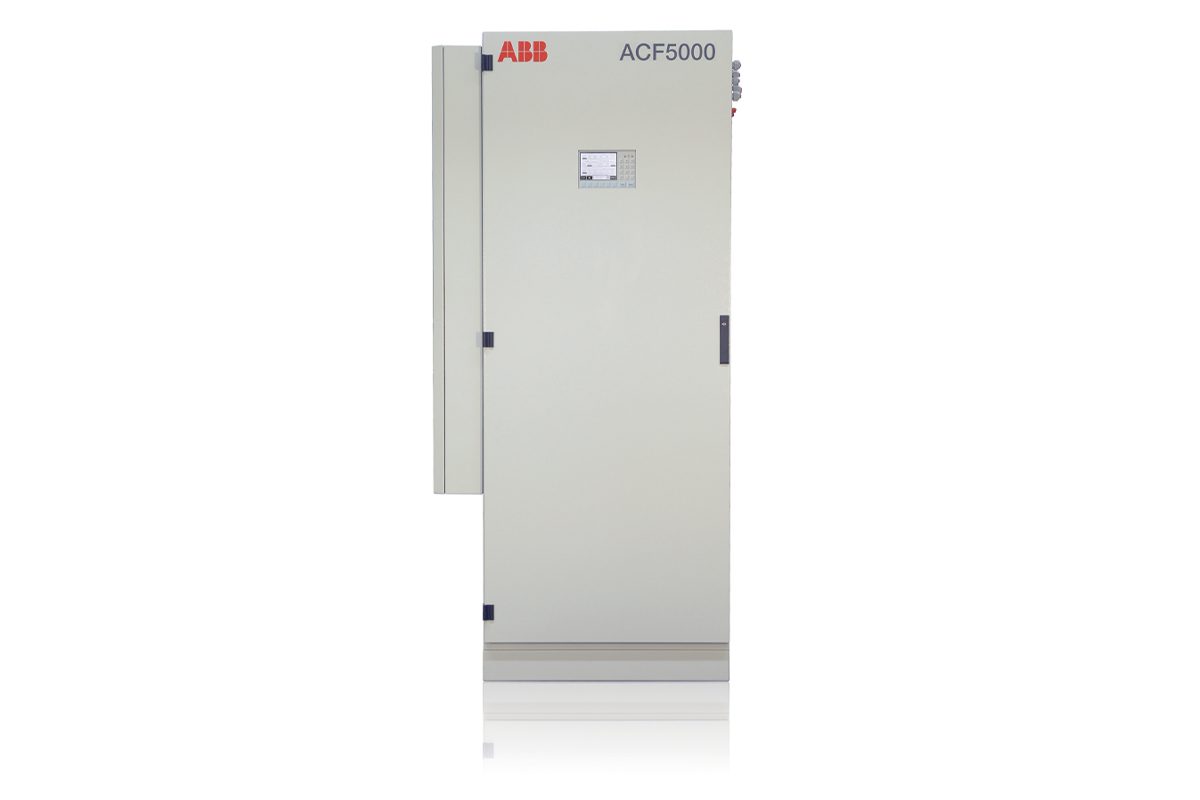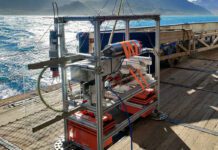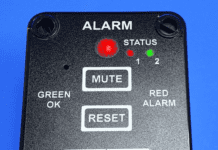With tightening legislation around the emissions of industrial gases to the environment, it is vital for operators to ensure they are using the most accurate measurement technologies to support their compliance. Gary Egerton of ABB Measurement & Analytics in the UK explains the key requirements around the selection of air emissions monitoring equipment
The escape of chemical pollutants into the environment can pose a major environmental risk, not just on an industrial site but also to the surrounding area. For this reason, sites need to be carefully monitored so that emissions are accurately measured not only at known points of discharge, such as stacks, but also any other areas where there is a possibility of escape.
With increasingly stringent requirements covering industrial emissions to the environment, plus the threat of stiff financial penalties, it is vital for companies to ensure that their operations are fully compliant at all times. To prove this compliance, UK chemical companies operating with Environmental Permits are obliged to monitor and report their emissions on a regular basis using appropriate equipment as and where necessary.
Introduced in January 2011, the Industrial Emissions Directive (IED) places a particular emphasis on the use of both equipment and procedures that constitute Best Available Technique (BAT). BAT effectively sets a benchmark for industrial companies in the way that they both measure and manage their emissions, with many organisations being responsible for carrying out their own monitoring and reporting.
Choosing the right analytical equipment for an application can be a difficult process, which requires consideration of a number of factors over and above the device itself. To ensure a thorough monitoring regime, organisations must plan carefully. Most crucially, all potential releases need to first be identified and categorised. Consideration must also extend to the likelihood of fugitive emissions, including the most likely points where leaks are likely to occur and the composition of the emissions themselves.
In the event that a site is also likely to have some form of treatment plant installed, there is the added requirement to be able to measure the composition and strength of a gaseous or emission. This applies site-wide, covering not just the production process and discharge points such as stacks and vents, but also any areas where chemicals are stored.
Once these have been categorised, it is then possible to start the process of choosing the correct equipment.
To assist in the selection of the right instrumentation and monitoring systems, the EA established the MCERTS scheme. MCERTS is designed to ensure that whatever monitoring systems are in place are fit for purpose, including the equipment, techniques, organisations and responsible personnel.

In terms of equipment, the EA requires process owners and operators to use instrumentation from an approved list. Various different types of monitoring system are included under MCERTS, but the most relevant category for airborne chemical emissions monitoring is Continuous Emission Monitoring Systems (CEMS), with Continuous Ambient Monitoring Systems (CAMS) and Portable Emission Monitoring Systems also playing a possible role.
Similarly, the list also covers monitoring equipment for water sampling, for applications with liquid process effluents.
For both air and water-borne emissions, users will be obliged to choose instruments from the approved MCERTS list, but there are still choices to be made within that. For example, it’s generally better to opt for an instrument with the lowest possible certified measurement range, which will often enable more accuracy through the overall measurement system. How is the instrument calibrated and how often and how tricky will it be to maintain?
The accessibility and clarity of the data is another issue, so consider the data acquisition and reporting system (DARS) associated with the instrumentation. Which software package does it use? Is it supported directly by the instrument manufacturer or have they sourced it externally?
Looking beyond the equipment itself, reputable equipment suppliers are another great source of support and advice, so it’s important to pick the right one.
Consider the company as a whole and ask as many questions as you can. Where do they manufacture the equipment and how much experience do they have with CEMS? What sort of warranties do they provide, since this could be a good indication of the build quality and workmanship in the products? Does the company have experience of integrating with third-party products and can they supply a list of references? Consider paying a visit to existing customers if possible.
The other big issue is the level of support available and whether it matches your expectations and needs. Where is the supplier located and how quickly can they respond to a problem on site? Can they provide diagnostic help on-line? Are spare parts held in the UK and how quickly can they get them to you? Will the supplier train your staff in using and maintaining the new equipment?









